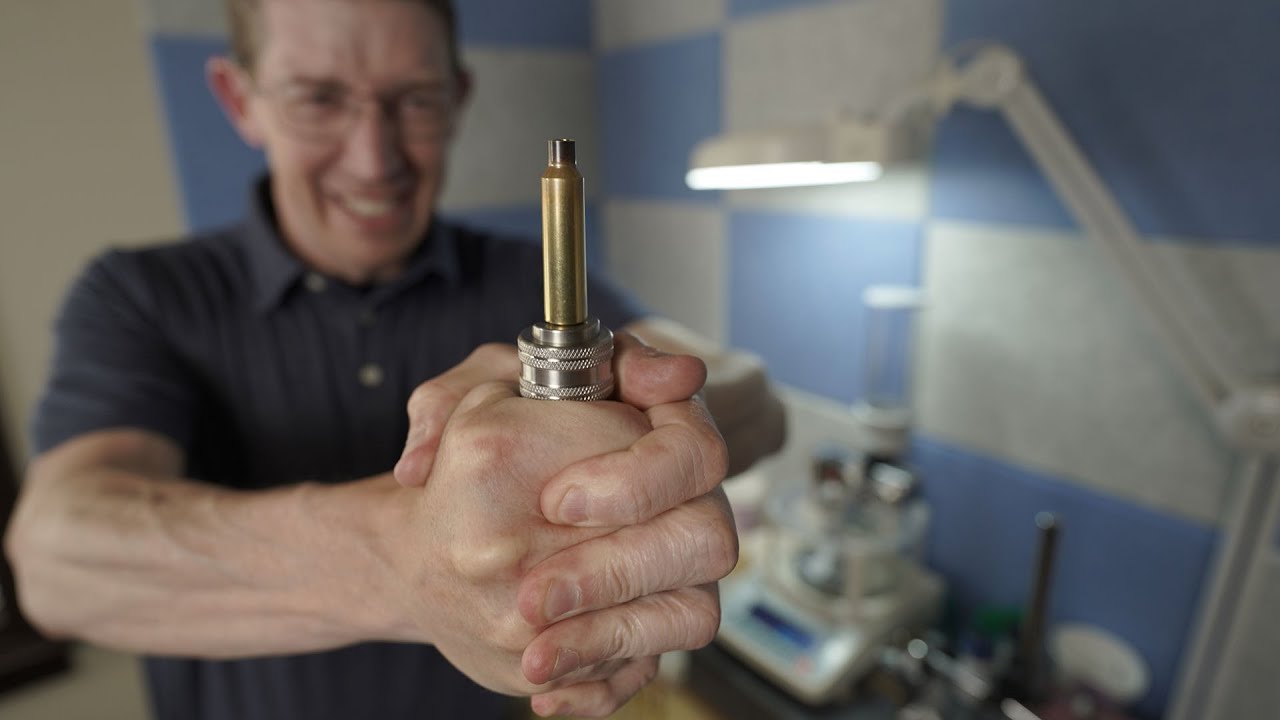That's what I thought also...but thought it might just be the light.Look at the difference in the depth of those primers.
In the other picture, the primer on the far left looks very high and the 2nd from the left looks a bit high also
That's what I thought also...but thought it might just be the light.Look at the difference in the depth of those primers.
Ginex are tough sometimes. I’ve seated other brands of rifle primers for quick work-ups before without cleaning the primer pockets, but Ginex primers require that the primer pockets be absolutely clean and free of debris, and even then they are sometimes tough to seat.I bought a bunch of Ginex primers, then very soon after that I bought a ram prime.
It was the absolute only way to seat them properly.
You may want to add a bit of scientific measurement to this analysis. Calipers have a depth blade that can be used to measure the depth below the face of the head of the case. Shoot for 3-6 thou below flush, but bottomed out is better.None of the primers are above the head face. Some are below. This could be due to the mix of cases.

No fight, everyone has told you the same thing, they aren’t seated to the bottom of the primer pocket. They are tighter and the same setup that worked with softer/less tight primers isn’t getting them seated deeply enough.Try asking a group of car guys or Harley guys which oil is best and a fight breaks out.
This whole discussion reminds me of the fluff-up about Wolf primers when they were the only thing available.No fight, everyone has told you the same thing, they aren’t seated to the bottom of the primer pocket. They are tighter and the same setup that worked with softer/less tight primers isn’t getting them seated deeply enough.
Shoot for 3-6 thou below flush, but bottomed out is better .
The issue becomes, for some folks, how to determine how far in "all the way" is and when they've reached the "bottom"."flush" and "below flush" don't mean much as far as my handloads are concerned. I seat primers all the way to the bottom of the pocket,
Me too and I use a straight edge to “gauge” visually how below flush they are.I seat primers on the press, once seated I "lean on the lever" a bit, and I've never had one fail to go off when struck.
My primers are all seated at or below flush, but I'm pretty sure they are all seated to the bottom of the pocket.
chris
I use Wolf standard large rifle primers for my self loaders. They seat hard but a Ram Prime seats them properly. Waaaay! different than Rem, Win, Fed, or CCI. Even the “milspec” US primers seat easier. But the Wolf primers are dead reliable and will work no matter how hot, cold, wet, or worn out the brass is.This whole discussion reminds me of the fluff-up about Wolf primers when they were the only thing available.
My fix was/is shims under the primer pin and a lever force I refer to as the "crush setting".
Those shims are still there today...
jmo,
.
Meaning what WRT seating the primers? Do they seat below flush?I got the Frankfort priming system today. I set it as high as it goes and it was still not as deep setting as my Hornady hand primer.
